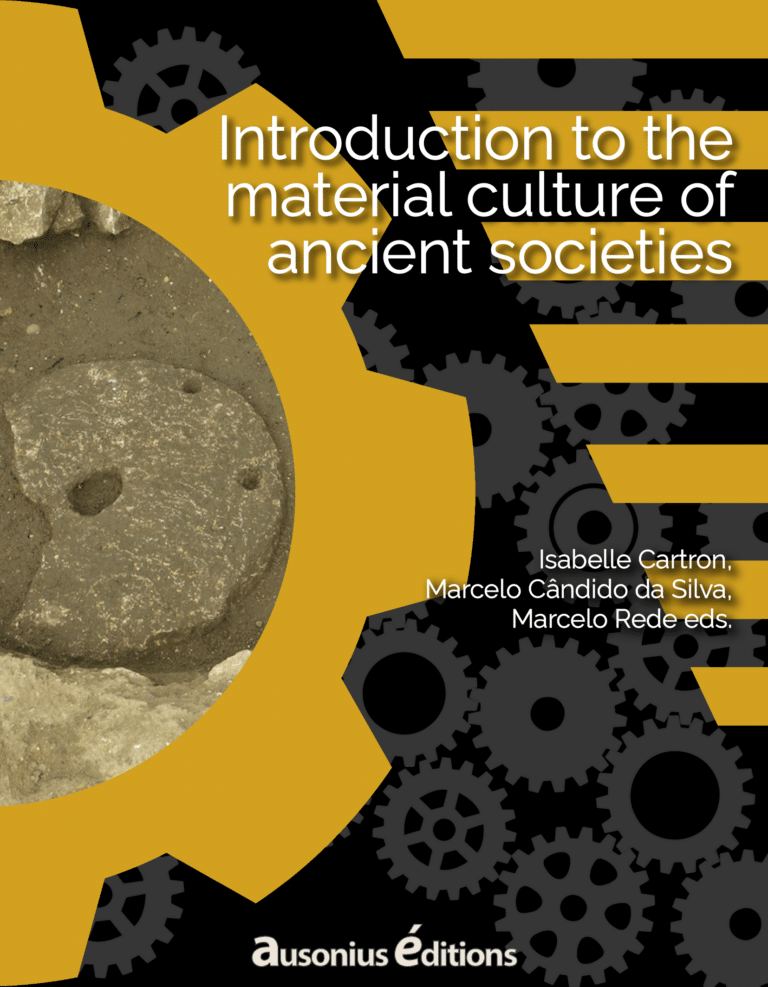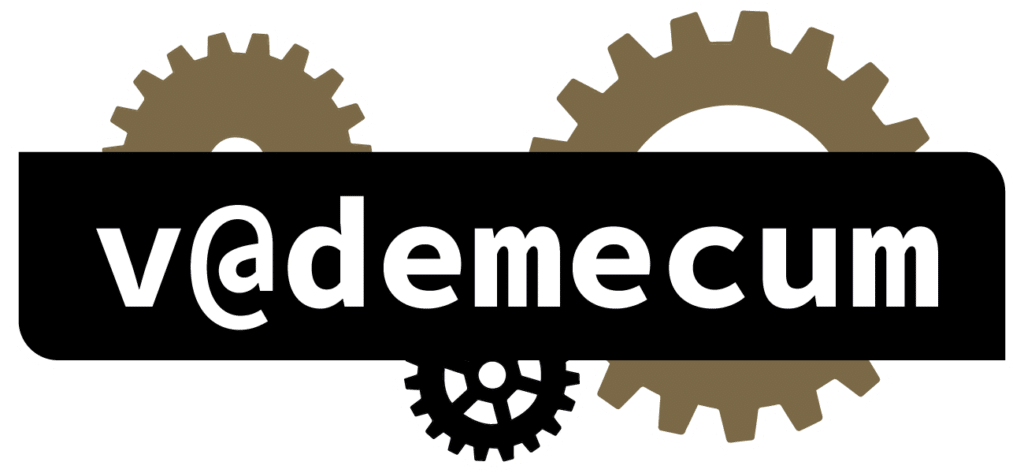The notion of material culture is fundamental and ubiquitous in the study of ancient societies. The scientific literature on this subject is so abundant that it is sometimes difficult to make sense of it. The initial assessment was simple: although the concept of material culture is used in all disciplines of the humanities, its evolving nature requires constant questioning of the theoretical approach to be adopted according to the nature of the subject.
In this book we wanted to shed light on the different facets of this conceptual apparatus which allows us, in our disciplines and specialities, to ask the right questions. For this reason, we felt that a thematic approach was the most appropriate way to tackle the subject. This book is intended to provide readers with the essential resources for the study of everyday material cultures. This process reconciles the chronological cleavages inherent in the disciplines dealing with history, by working collaboratively on the analysis of the different aspects and moments of life of the ancient societies. The point is not to provide yet another presentation of chronological facts, but rather of revealing the mechanics at work in the historical analysis. This requires first a discussion on the nature of material culture.
What is material culture?
In this book, we are working on “material culture”, which refers to processes – interactions and connections – between humans (and even animals) and their environment. These processes form culture. Although it is defined as a “material” culture, it is not opposed to an “immaterial” culture. Since we are dealing with the relations between humans and their environment, we have to consider the intertwining of situations and practices, materiality and immateriality, through gestures and symbolism. The focus is on the construction of significance attached to objects, places or practices1
Moreover, the way that humans use or consume objects, the codification of spaces, is not fixed and evolves with time and societies. It is also defined differently within these societies, according to social groups (whether defined by social status, gender, etc.). This is why “material culture” should not be perceived as a set of tangible codes that reflect the system of an ancient society, its norms and practices. Objects and more broadly, material evidences are rather keys that can be interpreted in the light of the context of discovery.
Origin of the expression
The expression “material culture” emerged in the late 19th century in Anglo-Saxon anthropological circles. Material culture then referred to a manifestation of ideas, signs and symbols that were specific to a society. There was a will for a reasoned classification of anthropological collections, which would function by systems of groups of material objects, according to their forms and functions. During this period, the intellectual circles were strongly influenced by evolutionary theory.
In 1877, the American anthropologist Lewis Morgan publishes the book Ancient Society, in which he presents an anthropological classification of ancient societies, based on material criteria (Morgan, 1877).2 The patterns suggested by this outdated school of thought promote the idea of an immutable evolution of societies. They would all follow the same development, thanks to the technical advances and cultural changes they induce: for example, agriculture, domestication, metalwork or even writing. According to this view, humans begin at the animal stage of survival and, thanks to evolution, reach the peak of development, represented by 19th century European society.
Objects as specimens of culture
The concept of material culture quickly breached the disciplinary boundaries and was adopted by European archaeologists in their studies. In the 19th century, European archaeology was flourishing thanks to the multiplication of archaeological excavations. Like their fellow anthropologists, archaeologists built up large private and public collections of objects. These artefacts were more than archaeological curiosities like during the 17th and 18th centuries; they were studied in detail in an attempt to unravel the mysteries of ancient societies. They quickly became an instrument for dating and identifying archaeological sites.
At the beginning of the 20th century, the notion of material culture experienced a new boom in the Soviet Union and later in the countries of the former socialist bloc. In 1919, Lenin founded the USSR Academy of the History of Material Culture and, in the 1950s, the Polish Institute of the History of Material Culture was particularly dynamic.3 Historical materialism, developed by Karl Marx at the end of the nineteenth century, was particularly conducive to the development of the study of material culture, especially in relation to the working classes, about not much is known from written sources. In Western Europe, this research did not become known until the 1960s. The Ecole des Annales, founded in Paris in the 1920s, reached a turning point, fostering interest in material remains. In particular, it was the work of Fernand Braudel that was to leave its mark on historiography, with the publication of his work on the “material civilisation” of the late Middle Ages and the modern era.4 This marked the beginning of an interest in the history of mentalities and everyday life, particularly in the Middle Ages.5 Archaeology, as a scientific discipline, then emerged for all periods, from Prehistory to the Middle Ages. The term “material culture” tended to become confused with archaeology and was used less frequently. It reappeared in the Anglo-Saxon countries in the 1990s, in connection with the study of objects from pre-modern cultures; the founding of “the Journal of Material Culture” in 1996 testifies to this new meaning, very much oriented towards historical anthropology. At the same time, archaeology was developing, focusing on the typology of objects and work on series.
The study of “material culture” in this book In this book, the term “material culture” is used in a broad sense, covering all the remains of ancient societies, both monuments and objects. However, readers will also find innovative, more specific studies on artefacts. These studies, which focus on a particular object, take into account the results of cutting-edge scientific analyses (characterisation of materials, palaeogenetics, etc.) and use them to understand the place of this object in society (use and users, symbolism, change of function, etc.). All available sources are mobilised in order to understand the social, economic and cultural functioning of societies. This taste for interdisciplinarity (history, archaeology, art history, social anthropology, archaeosciences) has been developing particularly in recent decades and has been the main driving force behind the Franco-Brazilian exchanges in our programme.
Notes
- See for example, chapters “To pass Away”, “To live in” and “To pray”.
- Lewis, H. M., Ancient Society Or Researches in the Lines of Human Progress from Savagery through Barbarism to Civilization, London, MacMillan & Company, 1877.
- See various contributions, in: Bourgeois, L., Alexandre-Bidon, D., Feller, L., Mane, P. (dir.), La culture matérielle, un objet en question. Anthropologie, archéologie et histoire, Caen, France, 2018.
- Braudel, F., Civilisation matérielle, économie et capitalisme, XVe-XVIIIe siècle, I-III, Paris, 1979. The Volume 1 was published in 1967.
- Pesez, J.-M., 1978: “Histoire de la culture matérielle”, in: Le Goff, J. (dir.), La nouvelle histoire, Paris, p. 191-215.



